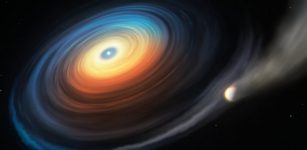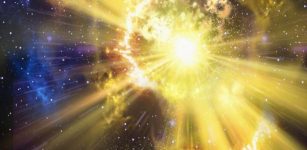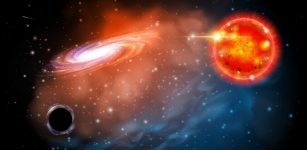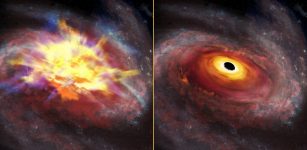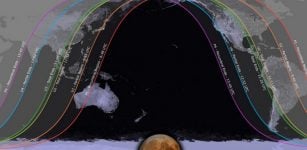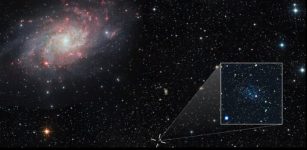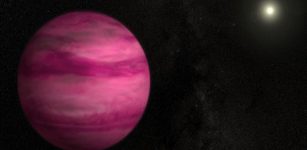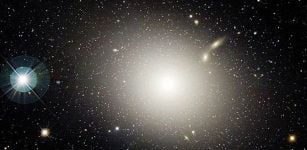Powerful Auroras Of Jupiter Are A Mystery – New Data From NASA’s Juno Spacecraft Reveals
MessageToEagle.com – Researchers on NASA’s Juno mission have analyzed Jupiter’s auroras, which are the most powerful in the solar system.
Their observations based on data collected by the ultraviolet spectrograph and energetic-particle detector instruments aboard the Jupiter-orbiting Juno spacecraft – have revealed a new mystery.
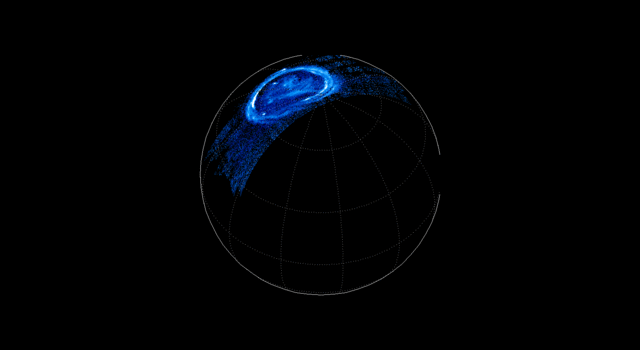
“At Jupiter, the brightest auroras are caused by some kind of turbulent acceleration process that we do not understand very well,” Barry Mauk, a researcher in the Applied Physics Laboratory at Johns Hopkins University, said in a news release.
“There are hints in our latest data indicating that as the power density of the auroral generation becomes stronger and stronger, the process becomes unstable and a new acceleration process takes over.
But we’ll have to keep looking at the data.”
Measurements of Jupiter’s auroras revealed extremely powerful electric potentials, aligned with Jupiter’s magnetic field, that accelerate electrons toward the Jovian atmosphere at energies up to 400,000 electron volts.
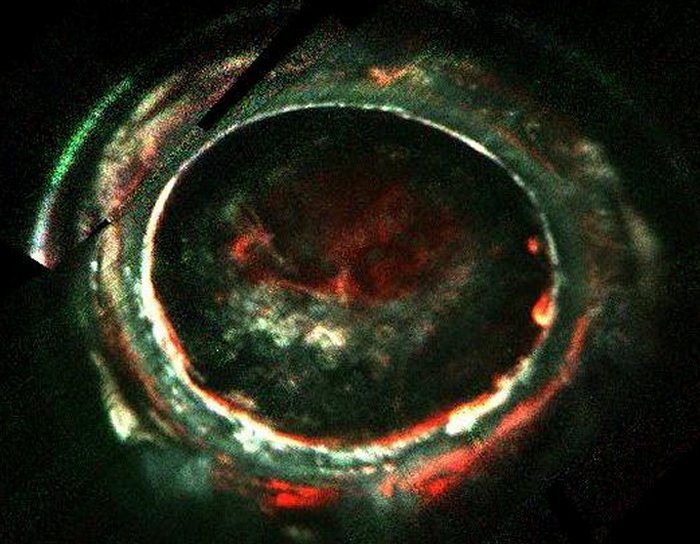
This is 10 to 30 times higher than the largest auroral potentials observed at Earth, where only several thousands of volts are typically needed to generate the most intense auroras — known as discrete auroras — the dazzling, twisting, snake-like northern and southern lights seen in places like Alaska and Canada, northern Europe, and many other northern and southern polar regions.
See also:
Blue Aurora On Jupiter Can Be Bigger Than The Size Of Earth
Auroras On Alien Worlds Can Be Stunningly Beautiful
Explaining How An Aurora Is Created
What’s puzzling the researchers, Mauk said, is that despite the magnitudes of these potentials at Jupiter, they are observed only sometimes and are not the source of the most intense auroras, as they are at Earth.
“The highest energies that we are observing within Jupiter’s auroral regions are formidable. These energetic particles that create the auroras are part of the story in understanding Jupiter’s radiation belts, which pose such a challenge to Juno and to upcoming spacecraft missions to Jupiter under development,” said Mauk.
“Engineering around the debilitating effects of radiation has always been a challenge to spacecraft engineers for missions at Earth and elsewhere in the solar system. What we learn here, and from spacecraft like NASA’s Van Allen Probes and Magnetospheric Multiscale mission (MMS) that are exploring Earth’s magnetosphere, will teach us a lot about space weather and protecting spacecraft and astronauts in harsh space environments. Comparing the processes at Jupiter and Earth is incredibly valuable in testing our ideas of how planetary physics works.”
Mauk and colleagues present their findings in the Sept. 7 issue of the journal Nature.
MessageToEagle.com
Expand for references
